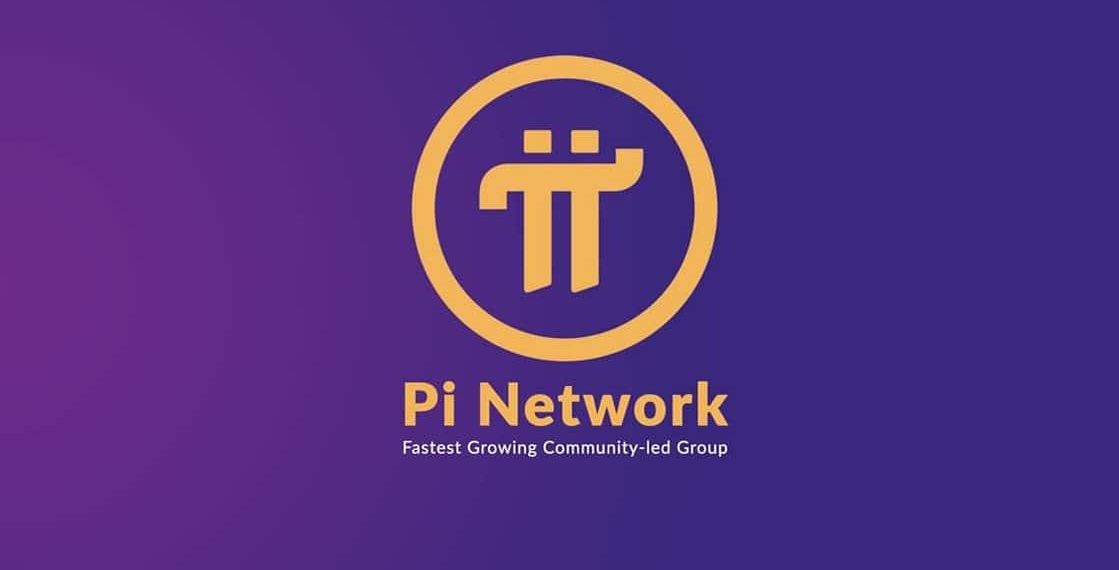|
Getting your Trinity Audio player ready...
|
Mishaboar, a well-known voice in the Dogecoin community, recently stirred up a significant conversation in the crypto world by urging users to avoid popular stablecoins like Tether (USDT), USD Coin (USDC), and PayPal’s new PYUSD. In an open letter shared on X (formerly Twitter), Mishaboar cautioned that holding these assets poses “inherent risks” to users, pointing out their reliance on centralized entities and vulnerabilities in their underlying reserves. His message has sparked a new wave of debate over the security of stablecoins and the risks associated with relying on them in a volatile market.
Why Stablecoins Could Be Risky
According to Mishaboar, stablecoins are particularly susceptible to two core issues: the potential collapse of their reserve assets and the risks of centralization. Stablecoins like USDT and USDC are pegged to the U.S. dollar, backed by reserves that should ideally guarantee their value. However, Mishaboar raised concerns about the stability of these reserves, suggesting that if their backing fails, holders could face significant financial losses.
In addition to reserve risks, Mishaboar stressed the centralization concerns around stablecoins, calling attention to the entities behind them—namely, Tether, Circle, and PayPal. He warned that these organizations hold substantial control over users’ funds, giving them the power to freeze assets at any time if legally required. This level of centralized oversight, he argues, stands in opposition to the decentralized values that many in the crypto community champion.
A Call to Prioritize Decentralized Assets
Instead of stablecoins, Mishaboar advocates for holding decentralized cryptocurrencies like Bitcoin (BTC), Litecoin (LTC), Dogecoin (DOGE), and even Monero (XMR). Although Monero’s emphasis on privacy makes it a controversial choice, Mishaboar believes it presents a more secure option in terms of decentralization. For those who prioritize safety, he also suggested holding traditional fiat currencies with established real-world value, an opinion that goes against the grain in the largely pro-crypto community.
Can Regulation Solve Stablecoin Challenges?
The risks Mishaboar highlighted are not new, and many regulators have already acknowledged the need for tighter control over stablecoin issuance. Paolo Ardoino, CEO of Tether, has publicly called for stablecoin regulation in the U.S., asserting that a clear regulatory framework could help stabilize the sector and address Mishaboar’s concerns.
The European Union has already introduced its own regulatory approach, the Markets in Crypto Assets (MiCA) framework, which includes guidelines on stablecoin reserves and issuance. Meanwhile, the U.S. has taken steps toward stablecoin regulations, including proposed bans on algorithmic stablecoins. This regulatory push follows the devastating collapse of Terra’s USTC stablecoin last year, which erased over $40 billion from the market and rattled crypto investors globally.
Also Read: Dogecoin Surges 10% – Is Now The Time To Buy The Dip Before It Hits $0.20?
Although regulations might address some concerns, the centralized nature of stablecoins remains a sticking point for many in the crypto space. For users like Mishaboar who value decentralization above all, these issues cannot be resolved solely through regulation. Decentralized assets such as Bitcoin, Litecoin, and Dogecoin may continue to be preferred choices among those wary of stablecoins.
Mishaboar’s open letter has highlighted the need for the industry to work together to create safer, more decentralized alternatives, emphasizing a return to the founding principles of cryptocurrency: decentralization and financial freedom. Whether through improved regulation or a shift in user preferences, the stablecoin debate continues, and it remains to be seen if the crypto community will heed Mishaboar’s call for caution.
Disclaimer: The information in this article is for general purposes only and does not constitute financial advice. The author’s views are personal and may not reflect the views of Chain Affairs. Before making any investment decisions, you should always conduct your own research. Chain Affairs is not responsible for any financial losses.
I’m a crypto enthusiast with a background in finance. I’m fascinated by the potential of crypto to disrupt traditional financial systems. I’m always on the lookout for new and innovative projects in the space. I believe that crypto has the potential to create a more equitable and inclusive financial system.




